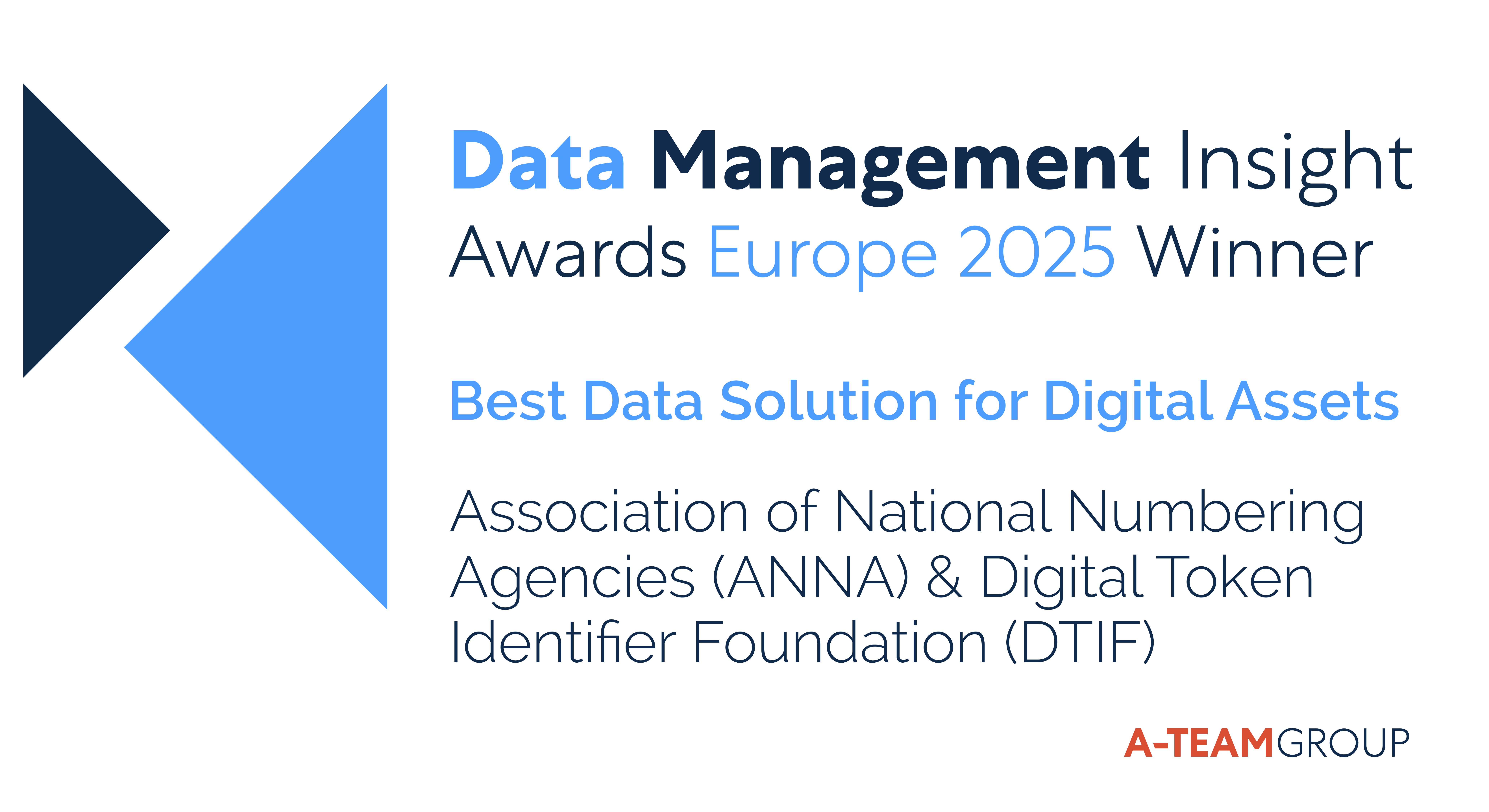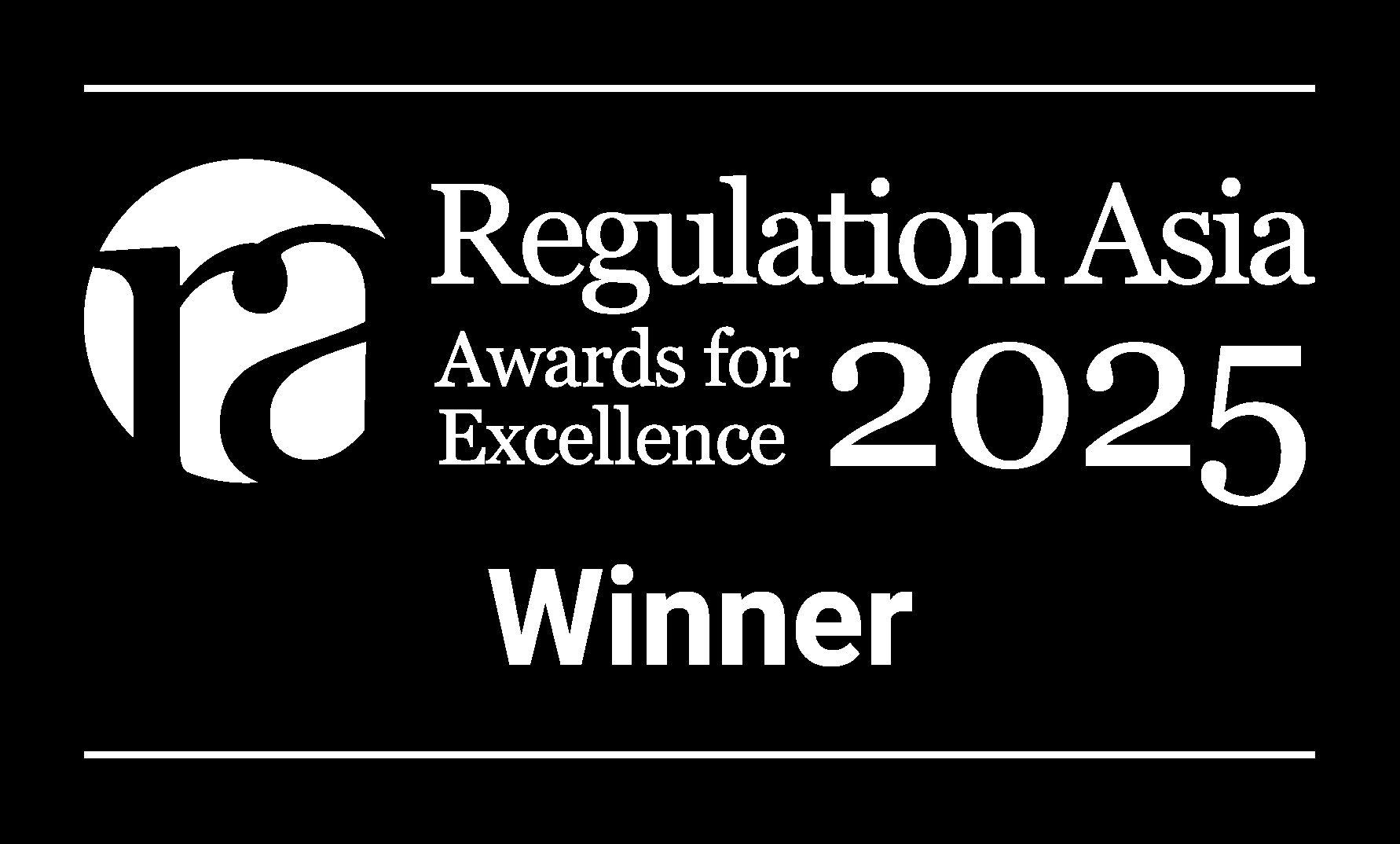Confirmed at ANNA’s General Meeting, Muscat, 3rd & 4th December 2025 London, 5 December 2025…

As part of ANNA’s 30th anniversary celebrations, ANNA interviewed Stephan Wolf, CEO of the Global Legal Entity Identifier Foundation, GLEIF, about the Legal Entity Identifier and how GLEIF and ANNA’s LEI-to-ISIN initiative has been growing in success.
Stephan Wolf has wide experience in the standards sector, having also been appointed to an all new Industry Board Initiative (IAB) as part of the International Chamber of Commerce’s Digital Standards Initiative (DSI). In this interview, he talks about the mapping partnership, the hot topics surrounding the mapping as well as shares some of his insights on what is needed to improve international financial operability.
Please give a brief update on the ANNA and GLEIF ISIN-LEI mapping partnership.
In April 2019, GLEIF and ANNA published the first ISIN-LEI mapping file, which covers 3.2 million mapping pairs provided by 11 National Numbering Agencies (NNAs) covering 30 jurisdictions. As of the end of October 2022, the ISIN-LEI mapping file contains more than 7.7 million mapping pairs provided by 25 NNAs covering 61 jurisdictions. GLEIF has received numerous comments and inquiries from the public about the ISIN-LEI mapping. Financial institutions and regulators widely consume our joint product. We see a continuously increasing number of mapping pairs and a growing interest from public users in this mapping file.
What are the hot topics in the ISIN-to-LEI mapping?
In three words – environmental, social and governance. ESG reporting is a hot topic in almost all sectors – manufacturing, supply chain, technology firms and financial reporting. Sustainable investing has become an increasingly prominent force within financial markets. Many investors are swayed by the possibility of generating financial returns and simultaneously catering to the growing demand for greater emphasis on the ESG scores of companies.
In the ‘real’ sector, companies must track and report metrics such as carbon emissions, human labour conditions, the female composition of boards, etc. And this information must be tied to financial reporting either by the company itself to fulfil local requirements or by the financial institutions offering investment products like fund indices. Based on a survey by Statista Research department in 2022, only 33 per cent of investors found the quality of their environmental, social and governance (ESG) reporting good. Thirty-three per cent of the respondents felt neutral about their ESG reporting, and 34 per cent were not satisfied with their ESG reporting.
And this is where the ISIN-to-LEI link is so important. The LEI is recognized internationally for tying together financial and non-financial reporting. And the ISIN-to-LEI mapping enables investors and regulatory authorities to link to the individual security. This is an extremely valuable open-source tool that will drive interest and adoption of both our standards.
What is your opinion on the ISO 6166 revision, which mandates the LEI in the ISIN reference data field?
GLEIF is excited to see that LEI is now part of the new version of ISO 6166 and needs to be provided (where available) by all NNAs at the latest in Feb 2023. GLEIF would expect a higher coverage of the LEI among issuers after this revision. This mandate will bring further clarity and transparency in the identification and reporting of trades.
The update to the standard is a good step forward and in the right direction. But to really maximize the utility to users of the ISIN standard, the LEI needs to be mandatorily adopted. The European Securities and Markets Authority’s (ESMA) Securities Financing Transactions Regulation (SFTR) reporting regime is an excellent example. Here ESMA requests reporting on securities that are lent, borrowed or used as collateral in security financing transactions. Specifically, ESMA requests the ISIN and LEI of these securities. Given neither ESMA nor National Competent Authorities can apply EU legislative text to third country issuers, there is a gap in the implementation and ESMA is unable to enforce that third-country issuers obtain the LEI[1]. This means that ESMA is left with a mess – they have a precise identifier for the security but no way to globally identify the issuer associated with the security.
Given the ISO 6166 standard mandatorily applied the LEI for issuers where it is available, regulators and market participants worldwide could rely on it to provide a full profile of the instrument and entity issuing the instrument.
In summary, we believe the revision to ISO 6166 is a positive step forward. And hopefully, the NNA community will test and take advantage of the new technical tools available once the LEI is leveraged as a global identifier for the Issuer.
How did the collaboration between GLEIF and ANNA help the implementation of SFTR?
The European Securities Market Authority (ESMA) published the statement on the implementation of Legal Entity Identifier (LEI) requirements for third-country issuers under the Securities Financing Transaction Regulation (SFTR) reporting regime. The International Securities Lending Association (ISLA), GLEIF, and ANNA have been working with local NNAs to identify the missing issuers’ LEIs outside EU countries. The collaboration could help more entities comply with the SFTR requirement and increase the LEI coverage and the ISIN-LEI mapping population in these countries.
NNAs are key business partners in solving the SFTR implementation problem. NNAs could easily provide or require the LEI to issuers at the time of issuing the ISIN. It would address important concerns for clients like the liquidity of issuances in European marketplaces, transparency concerns, and future proof of their operations for future regulatory reporting initiatives in their own jurisdiction. The LEI is already referenced in 294 regulations and policy recommendations from 24 jurisdictions, and with the support of the Regulatory Oversight Committee, these references will only continue to grow.
Outlook: What else could be done?
In 2020 GLEIF launched an operating model called the Validation Agent. This allows organizations involved in identity verification and validation to obtain and maintain LEIs for their clients in cooperation with accredited LEI Issuers. The NNA network has a fabulous opportunity to leverage this concept and also the NNAs that already operate as LEI issuers. The result would be NNAs delivering their clients a streamlined service of ISIN and LEI services. Both of these are foundational standards that support financial markets transactions. An NNA client can carry out its business if it has both standards and the information associated with these standards is well maintained. NNAs that are not LEI Issuers may decide to offer their clients LEI services by acting as a Validation Agent of another NNA that is an LEI Issuer. Alternatively, NNAs could cooperate with other NNAs that are LEI Issuers. Overall, the result would be the same – offering clients a one-stop shop for their ISIN and LEI issuance and maintenance needs. It would also benefit the NNAs internal data management by precisely identifying the involved issuer and avoiding issuers being assigned internal and/or local identifiers or simply lacking clarity on which legal entity of a group is associated with the ISIN.

[1] See for more detail: https://www.esma.europa.eu/press-news/esma-news/esma-issues-third-statement-implementation-lei-requirements-third-country
© 2022 GLEIF and/or its affiliates. All rights reserved. GLEIF unrestricted.



Comments (0)